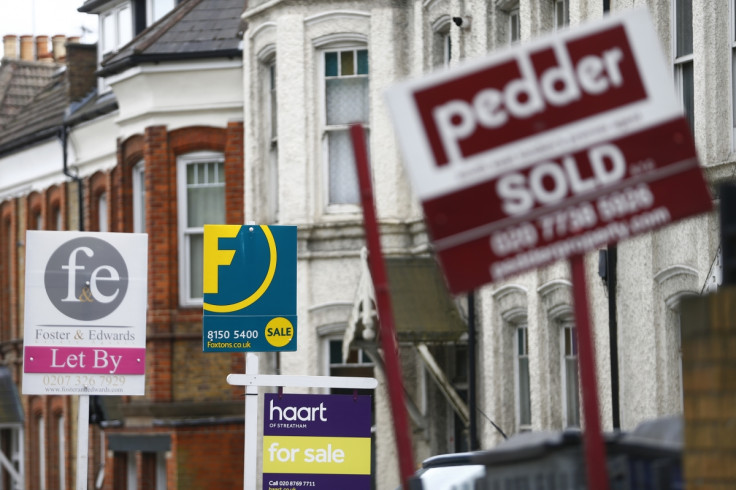UK house prices growth hits four-year low amid surging inflation
House prices fall for fourth consecutive quarter as annual price growth hits second-lowest level this year.

UK house prices dropped by 0.2% between May and July compared to the preceding three months, marking the fourth straight quarter of decline.
According to data released by Halifax on Monday (7 August), the decline also marked the first since 2012 that house prices have fallen for four consecutive quarters. However, at £219,266 ($286,251), the average price of a house in Britain remained 10% higher than 10 years ago.
Despite the quarterly drop, prices in the three months to July were 2.1% higher than in the corresponding period a year earlier, a rate of growth lower than the 2.6% recorded in June and the lowest annual rate since the 2% in April 2013.
In the year to date, the annual rate of growth has fallen 5.1% in January, which in itself was well below the 10.0% peak recorded in March 2016, Halifax added.
Meanwhile, on a monthly basis, house prices rose by 0.4% between June and July, partially offsetting the 0.9% decline recorded between May and June.
Halifax said that while the unemployment rate in May was at the lowest level since 1975, the improvements in the jobs market were yet to be reflected in increased demand for property. Furthermore, while it has since fallen to 2.6%, inflation hit a four-year high of 2.9% in May, squeezing already tight households budgets even further.
"This squeeze on spending power, together with the impact on property transactions of the stamp duty changes in 2016 now being realised, along with affordability concerns, appear to have contributed to weaker housing demand," said Russell Galley, managing director at Halifax Community Bank.
"However, a continued low mortgage rate environment, combined with an ongoing shortage of properties for sale, should help continue to support house prices over the coming months."
© Copyright IBTimes 2024. All rights reserved.






